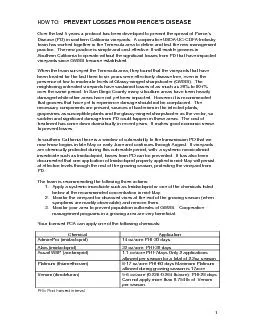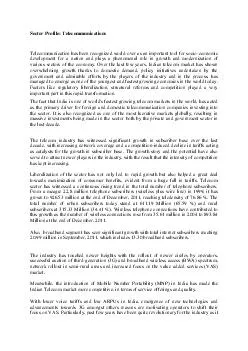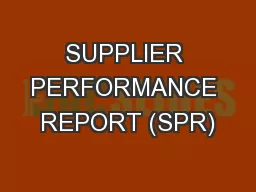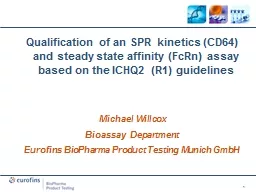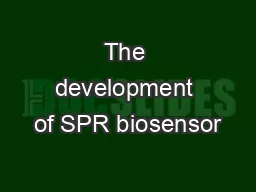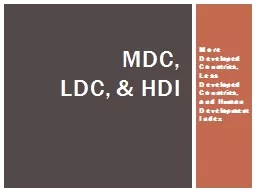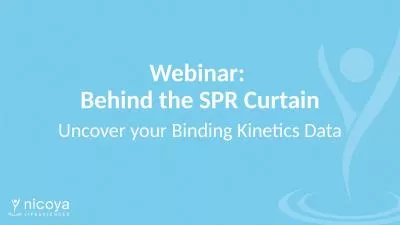PDF-Over the last 5 years a protocol has been developed to prevent the spr
Author : mitsue-stanley | Published Date : 2017-03-04
AdmirePro imidacloprid 14 ozacre PHI30 days Alais imidacloprid 32 ozacre PHI30 days Assail WSP acetamprid 11 ozacre PHI7days Only 2 applications allowed per season
Presentation Embed Code
Download Presentation
Download Presentation The PPT/PDF document "Over the last 5 years a protocol has bee..." is the property of its rightful owner. Permission is granted to download and print the materials on this website for personal, non-commercial use only, and to display it on your personal computer provided you do not modify the materials and that you retain all copyright notices contained in the materials. By downloading content from our website, you accept the terms of this agreement.
Over the last 5 years a protocol has been developed to prevent the spr: Transcript
Download Rules Of Document
"Over the last 5 years a protocol has been developed to prevent the spr"The content belongs to its owner. You may download and print it for personal use, without modification, and keep all copyright notices. By downloading, you agree to these terms.
Related Documents

